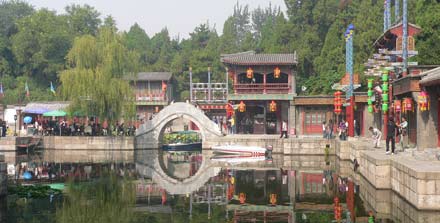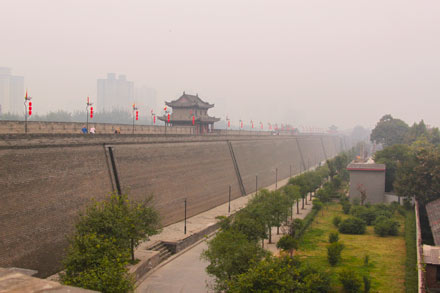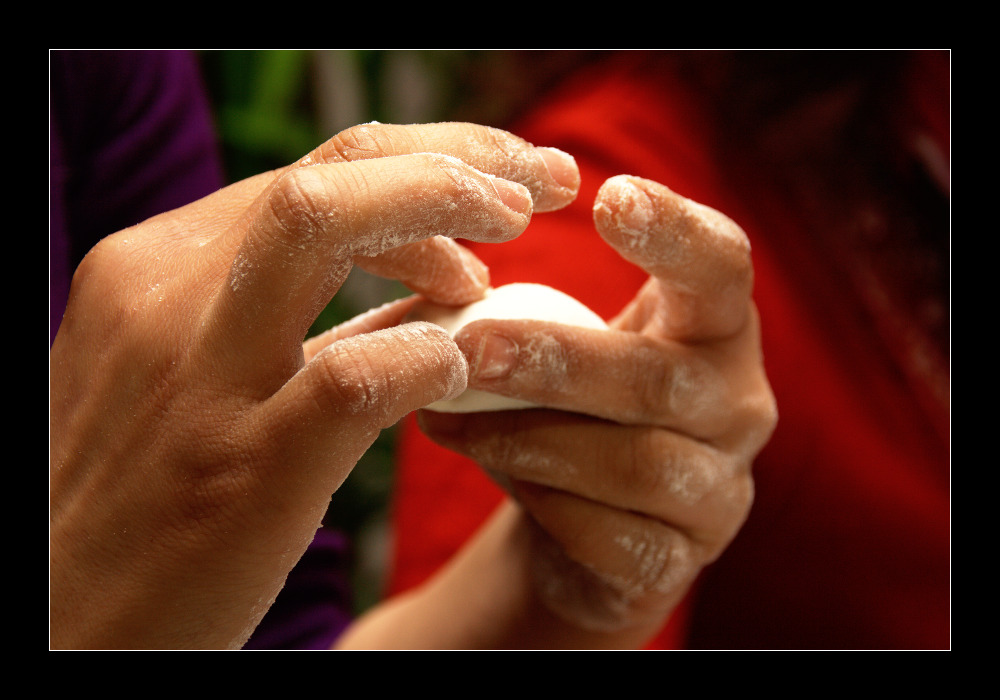Places To Go: Mt. Jigongshan (Xinyang)
Not far from Xinyang, about 40 km south of the city, Mt. Jigongshan is located. Jigongshan literally means “Rooster Mountain.” It’s been said that looking at the peak, it gives the impression of a crying rooster, and that’s how the mountain got its name. With its peak rising about 814m above sea level, Jigongshan borders in a transitional region between the subtropical and the warm moderate zone, making it an ideal getaway for summer. The constant cooling breeze has made Rooster Mountain such a comfortable place to be in the heat of summer, that it was discovered as a perfect summer resort early in the last century already. Such illustrious people as Sun Yat-sen (the first president of the Republic of China), Chiang Kai-shek and other former high ranking government officials have sought refuge on this mountain. As a result, there are a number of villas and lodgings in various architectural styles which were built on top of the mountain and can be visited today. Some of the buildings have even been turned into museums …





